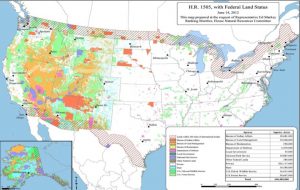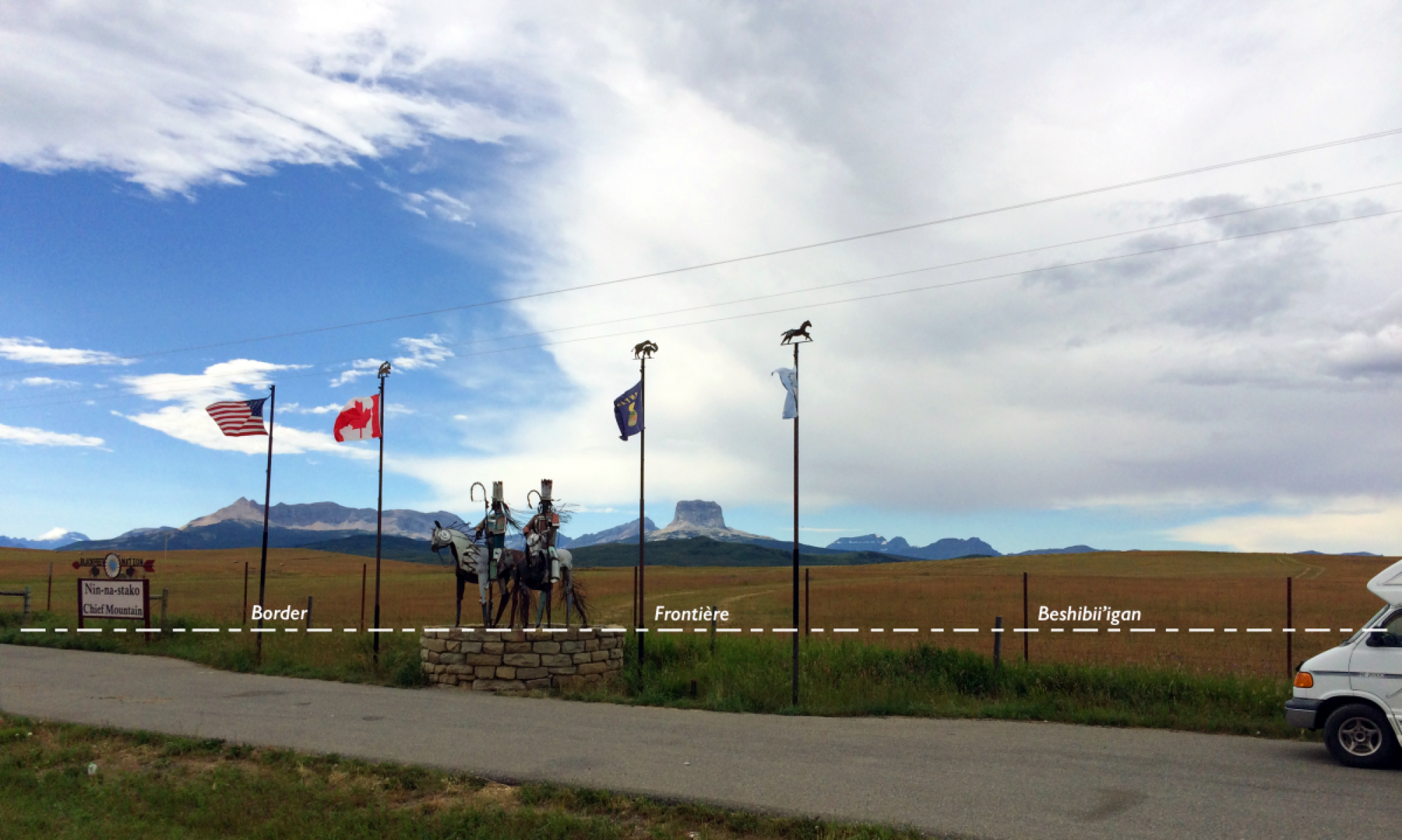About 300,000 people cross the US-Canada border every day. Before the tragic events on 11 September 2001, this tremendous number of crossings was not much of an issue. The boundary was affectionately called “the longest undefended border in the world” and considered a border between friends. After 9/11 the view changed. The United States authorities were now concerned with a terrorist threat from the north and no longer fully trusted the effectiveness of Canadian border enforcement. With the establishment of the Department of Homeland Security and variety of new restrictive laws, such as Patriot Act, the goal was to create a fortress and to increase security as much as possible. The number of border patrol agents was increased from less than 400 in 2001 to close to 3,000 today. Drones and surveillance planes patrol the border from the sky, new radar and infrared sensor cover the ground. These technological security measures are part of an “integrated surveillance intelligence system” (which was given the unfortunate abbreviation ISIS).

One of the largest changes to border enforcement was the extension of full border patrol authority to a 100-mile zone adjacent to the boundary and the increasing use of spot checks in bus terminals and other traffic hubs. The border is no longer simply a line, but a dispersed and networked enforcement practice that even extends beyond the territory of the United States. As the Customs and Border Protection website explains: “The border is not merely a physical frontier. Effectively securing it requires attention to processes that begin outside U.S. borders, occur at the border and continue to all interior regions of the U.S.” Canadian border patrol also has stepped up its enforcement to complement the US securitization of the border and cooperates with a variety of US agencies in Integrated Border Enforcement Teams (IBET).
